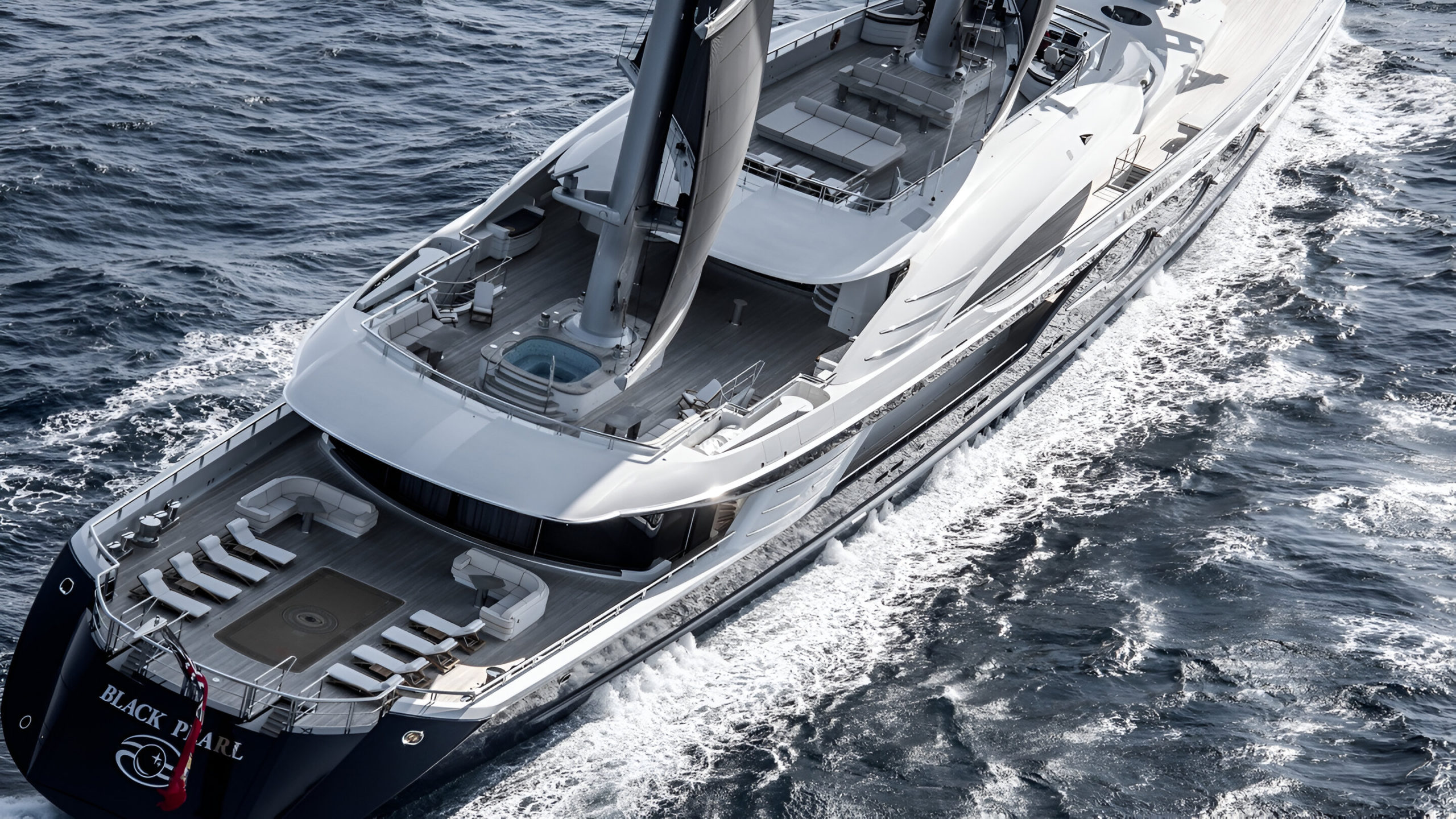As home life has transformed over the years, certain appliances have reshaped how we tackle everyday tasks. From cleaning and cooking to laundry, these innovations not only saved time but changed the way we approach household chores. Let’s take a closer look at 13 appliances that left a lasting impact.
13. The Hoover Electric Suction Sweeper

Invented in 1908 by James Spangler, the Hoover electric suction sweeper was nothing short of a revolution in home cleaning. Spangler, a janitor with asthma, combined a fan motor, a broom handle, and a box to create the first upright vacuum. After selling his patent to William Hoover, the Hoover Company became a household name, with vacuums so popular that “Hoovering” became shorthand for cleaning.
Over the years, Hoover refined their design to include attachments and new features, transforming how people cleaned their homes. This vacuum became a global icon, showing how one innovative design could change an entire industry.
12. Houghton’s Dish Washer
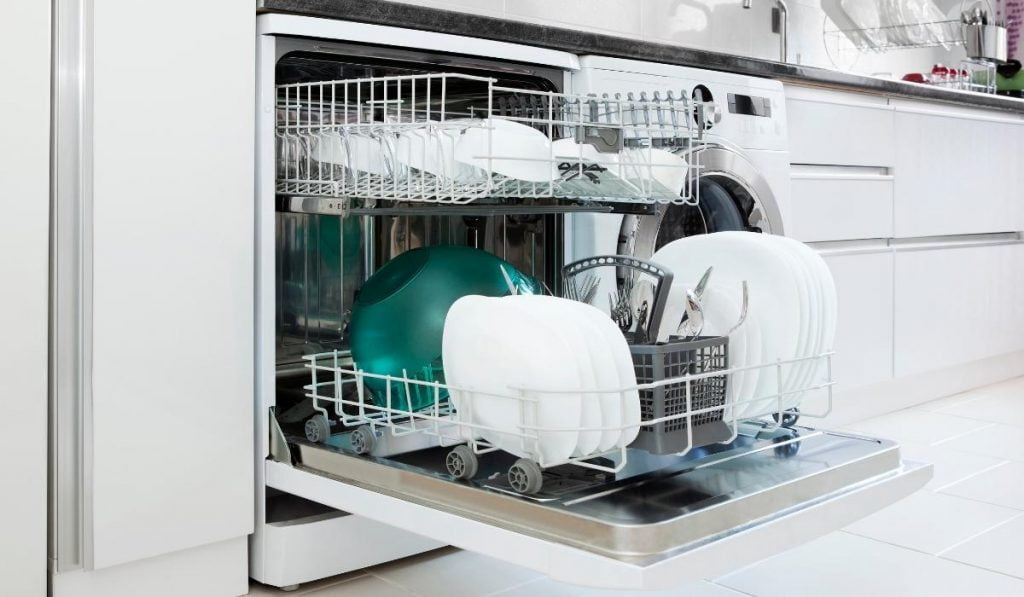
Back in 1850, Joel Houghton introduced the first attempt at a mechanical dishwasher—a hand-cranked machine designed to splash water onto dishes. While it wasn’t exactly efficient by today’s standards, Houghton’s invention sparked the idea that chores like dishwashing didn’t have to be done by hand.
Although his machine didn’t take off, it set the stage for future innovations, paving the way for automated cleaning appliances, like the electric dishwasher and laundry machines.
11. The Thor Washing Machine

Fast forward to 1907, and we get the Thor washing machine, which took laundry to a whole new level. Created by the Hurle Electric Laundry Equipment Company, the Thor was the first electric washer in the U.S. Designed with a rotating drum and blades to lift and scrub clothes, it made the once-laborious task of washing much faster and more effective.
Mass-marketed by 1908, the Thor even had an emergency stop feature—quite ahead of its time! This appliance not only changed laundry routines but became a must-have in households across the country.
10. The Kelvinator Refrigerator

Founded in 1914, Kelvinator didn’t just make refrigerators—it changed how we store food. By 1918, it introduced the first fridge with automatic temperature control, keeping food fresh with minimal fuss. By 1923, the brand held 80% of the U.S. market, making it a giant in refrigeration.
Named after Lord Kelvin (famous for his work on absolute zero), Kelvinator became a household name synonymous with refrigeration, forever altering how we design our kitchens and store perishables.
9. The Universal Percolator

In 1905, the universal percolator made brewing coffee more accessible and more flavorful. Using gravity to cycle boiling water through coffee grounds, it quickly became the preferred method of brewing for many households. While automatic drip machines eventually took over, the percolator still holds a special place in coffee enthusiasts’ hearts.
It may not be as common now, but the unique brewing process still has die-hard fans, especially at large gatherings where percolator urns are still used.
8. The Boss Glass Door Oven
Before the Boss glass door oven hit the scene in 1909, cooking was mostly a guessing game. But with its special heat-resistant glass, cooks could finally check on their meals without opening the door—revolutionizing baking and roasting. Designed by Ernst H. Hfield, this innovation is something we take for granted today, but back then, it was groundbreaking.
By allowing a peek inside without losing heat, this oven became a game-changer, making the cooking process smoother and more efficient.
7. The Sunbeam Mixmaster

The Sunbeam Mixmaster wasn’t just a mixer; it became a kitchen staple. Launched in 1930, this handy gadget was the first to feature interlocking beaters, making it easier than ever to mix, whip, and knead. From making cakes to homemade dough, the Mixmaster was versatile enough to handle various kitchen tasks.
It was so popular that even during the Great Depression, it sold hundreds of thousands of units. In 1998, it was even commemorated with a U.S. Postal Service stamp—a true testament to its lasting impact.
6. The Seely Electric Iron
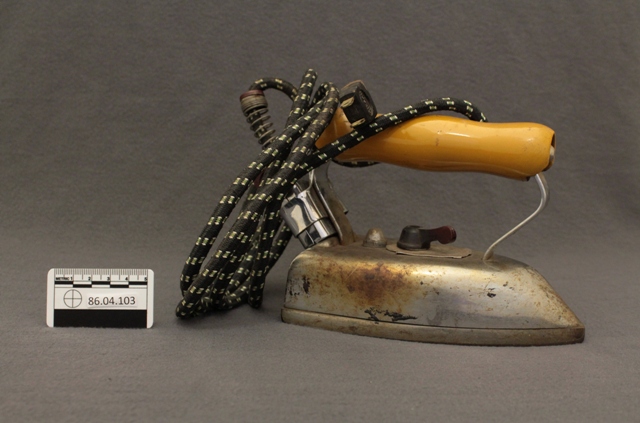
Before electric irons, ironing was an exhausting task involving heavy metal irons heated over open flames. The Seely Electric Iron changed all that. Introduced in the late 1800s, this appliance provided a steady, reliable heat source that simplified one of the most time-consuming chores—pressing clothes.
Gone were the days of clunky metal irons constantly reheated. The electric iron made pressing clothes quicker, safer, and more efficient, transforming laundry days forever.
5. The Waring Blender
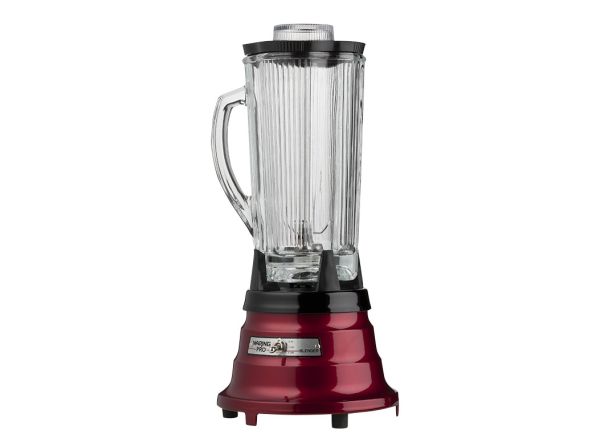
Introduced in the 1930s, the Waring blender was the result of a collaboration between musician Fred Waring and inventor Frederick Osius. This powerful blender found its way into hospitals and even helped Jonas Salk develop the polio vaccine.
By 1954, over a million units had been sold, and the Waring blender became a kitchen essential for making smoothies, soups, and more. Its impact on food preparation has made it a beloved kitchen tool ever since.
4. The General Electric D12 Toaster

Toasting bread was never the same after General Electric’s D12 toaster came along in 1909. Using a cutting-edge material called nichrome for its heating elements, the D12 delivered perfectly toasted bread quickly and evenly—something previous methods lacked.
This toaster set the stage for future innovations like the pop-up toaster, and it’s hard to imagine breakfast routines today without it.
3. The Amana Radar Range

When Amana introduced the Radar Range microwave in 1967, it took kitchens by storm. This appliance made cooking and reheating food faster and more convenient than ever before, using microwave technology to cut down meal prep time significantly.
Initially met with skepticism, the microwave eventually became an indispensable part of kitchens everywhere. The Radar Range was a key player in that shift, making microwave ovens a household necessity.
2. The General Electric Monitor Top Refrigerator
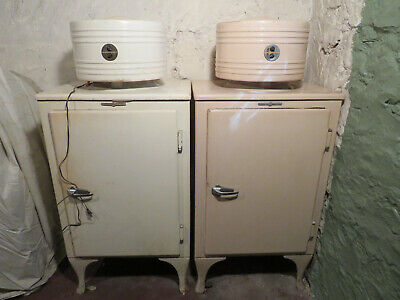
General Electric’s Monitor Top refrigerator, introduced in 1927, was a marvel of design and efficiency. Its distinctive compressor assembly on top of the unit not only set it apart visually but also made it one of the most efficient refrigerators of its time.
With over a million units sold, it’s no surprise the Monitor Top became a fixture in homes, despite using hazardous refrigerants that would be considered unsafe by today’s standards.
1. The Victrola Record Player

Music lovers will remember the Victrola record player, created in 1901 by the Victor Talking Machine Company. This player brought music into American homes, and its distinctive horn became an iconic part of the listening experience. The Victrola helped popularize jazz and blues, playing a key role in the early days of the music industry.
Its nostalgic charm and historical significance continue to make it a beloved piece of American entertainment history.







